Supporting MLs: It’s Not Just One More Thing
By Mandy Manning
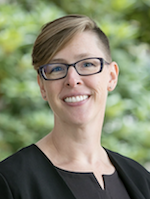
This question comes from a place of fear and anxiety, and reveals that people, including many educators, view teaching multilingual learners (MLs) as an add-on or something that requires some special skill or knowledge. In practice, however, this assumption is wrong.
Teaching students who are new to learning English is not “one more thing” that teachers must do in their classrooms. Teaching multilingual learners simply requires reflection, intention, and expansion of the teaching strategies we already use every day in our general education classrooms.
Each year as the newcomer teacher for new immigrant and refugee students, I was greeted in my high school classroom by a bright, focused, and energetic group of multilingual learners new to learning English. In general, I served six to twelve language and culture groups each new semester.
My goal was to provide the foundational language skills they would need to be productive in their general education classrooms. My practice came from my knowledge as a multilingual learner specialist, but more so from my years as a general education teacher differentiating my instruction to serve students with a variety of needs and ways of learning.
The multilingual learners in my classroom mirrored that of general education students. Some had additional learning and developmental needs, some had high academic skills, and some had just begun their educational journey. To address their varied needs, I had to be creative, flexible, and intentional, with a focus on creating access to our learning for each of them.
Not language but access

First, they need language support. Language support requires identifying and teaching the academic language, words, phrases, and structures associated with the content. Language support also includes supportive assessment that assesses language and content and allows students flexibility in demonstrating what they have learned accompanied by substantive and targeted feedback.
Second, multilingual learners need culturally relevant curriculum and classrooms. Just like every student, multilingual learners thrive in learning environments that reflect who they are and their interests. Incorporating students’ backgrounds and experiences engages every student.
Third, as with general education students, social and emotional support is critical. For multilingual learners building a supportive community takes intention, with a focus on building an inclusive classroom community that celebrates and values difference. Support in facilitating connections with their peers and with the larger school community is also critical for multilingual learners.
Finally, the most important practice when teaching multilingual learners is to believe in them and to view their multilingualism as an asset. Culturally and linguistically diverse students often come to our classrooms with academic skills, especially in the middle and high school grades. They simply do not have the language yet to access new learning or to articulate their understanding. Addressing access for multilingual learners begins with examining the strategies and practices we already use in our classrooms and determining how we can create access through intentional modification and expansion.
My book 50 Strategies for Supporting Multilingual Learners addresses each of these aspects of teaching culturally and linguistically diverse students. I’ve gathered the strategies teachers commonly use in their instruction and, drawing on my 21 years of experience utilizing these strategies, break them down more intentionally to help teachers serve the needs of multilingual learners.
Every teacher uses strategies for differentiation, like gradual release of responsibility and utilizing graphic organizers. Supporting multilingual learners simply requires using these already tried and true strategies but with more intention. In my book I provide general education teachers an overview of basic information about multilingual learners and seven strategy subcategories to address how to support multilingual learners in every classroom.
Strategies to use every day
Here are three of my go-to strategies to use every day in the classroom to support multilingual learners:
1. The Bullet Point
Directions or instructions should not be a barrier to accessing academic content. However, oral and written instructions can be difficult for multilingual learners to navigate. When students are listening to multi-step instructions, words and sentences can run together, making it difficult for students new to English to follow the steps.
The issue is the same for multi-step instructions written in paragraph form. Deciphering the important words in each sentence and comprehending the actual steps is complicated. A simple solution is to write a bulleted list of instructions as you explain them to the class.
When giving oral instructions, write a simplified list of instructions on the board using only the most important words students need to understand what is being asked of them.
For written instructions, teach students how to make their own bulleted lists based on the critical aspects of each sentence and step. For students with very limited language proficiency, provide the list to them and include visual cues.
2. Organize It
Graphic organizers are a staple in every classroom. Usually when using graphic organizers, we create the worksheet, make copies, and provide the organizer for students. While this is helpful in the moment, students do not often access the organizer on their own, and often do not completely understand the connections between the graphic organizer and what they are learning or producing.
Add the step of having students create the organizer with you. Combine this with “I Do, We Do, You Do” first showing students how to make and use the organizer, then creating one together, and finally, having students create one independently.
Provide explicit instruction on when to use the organizer, why it is a valuable tool, and how to use it effectively, demonstrating the process from creating the organizer, to completing the organizer, and then transferring the information in the organizer to their work.
Graphic organizers should be used for anything language related, especially to help students organize their thinking for reading, writing, listening, and for speaking. Graphic organizers are also a great way to highlight and teach content language.
3. Content Is Language
Every lesson is a language lesson. Each subject area has its own language, with specialized vocabulary, language structures, and ways of using language and modifying understanding. Alongside content goals, create accompanying language goals. Use these language goals to pre-teach the vocabulary and language structures students will need to understand the content and demonstrate their own understanding.
Repetition is key. Explicitly call out content language during instruction, verbally note when students are using content language accurately, and provide guided opportunities for students to engage with one another using target content language. These guided opportunities can be done via sentence frames and thinking out loud.
Reaching MLs benefits everyone
Most of us are not multilingual learner specialists, but all of us are multilingual learner teachers. Overcoming a language barrier can feel insurmountable, but it is not. Multilingual learners do not have a developmental or learning delay. They simply do not yet know English. When we explicitly teach the language for our content – and structure our instruction to adequately scaffold that language for our students – every multilingual learner in our classrooms will be successful, and every other student will benefit, too.
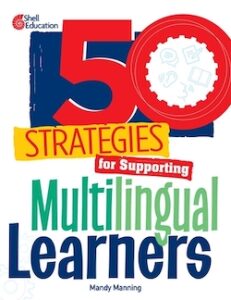
Mandy was a classroom teacher for 21 years and an NBCT. Most recently she served students as an English language development specialist, serving as the first teacher for newly arrived refugee and immigrant students at Ferris High School in the Newcomer Center in Spokane, WA. She serves on several national education-related boards, as well as the board for the Spectrum Center, an organization serving the LGBTQ+ community in her community. She lives and works in Spokane.














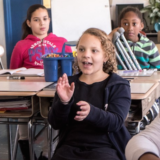



















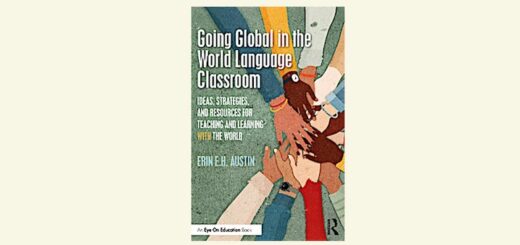
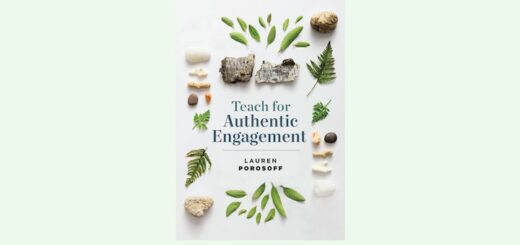
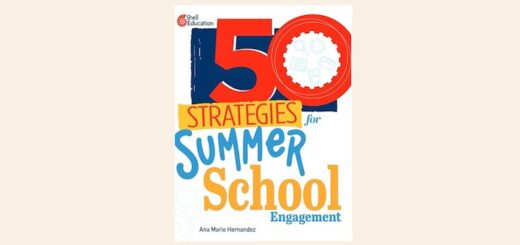

Great information. I will share with my colleagues. Thank you!